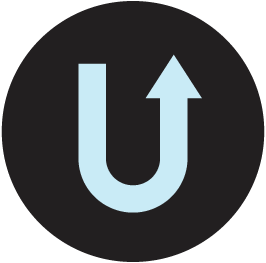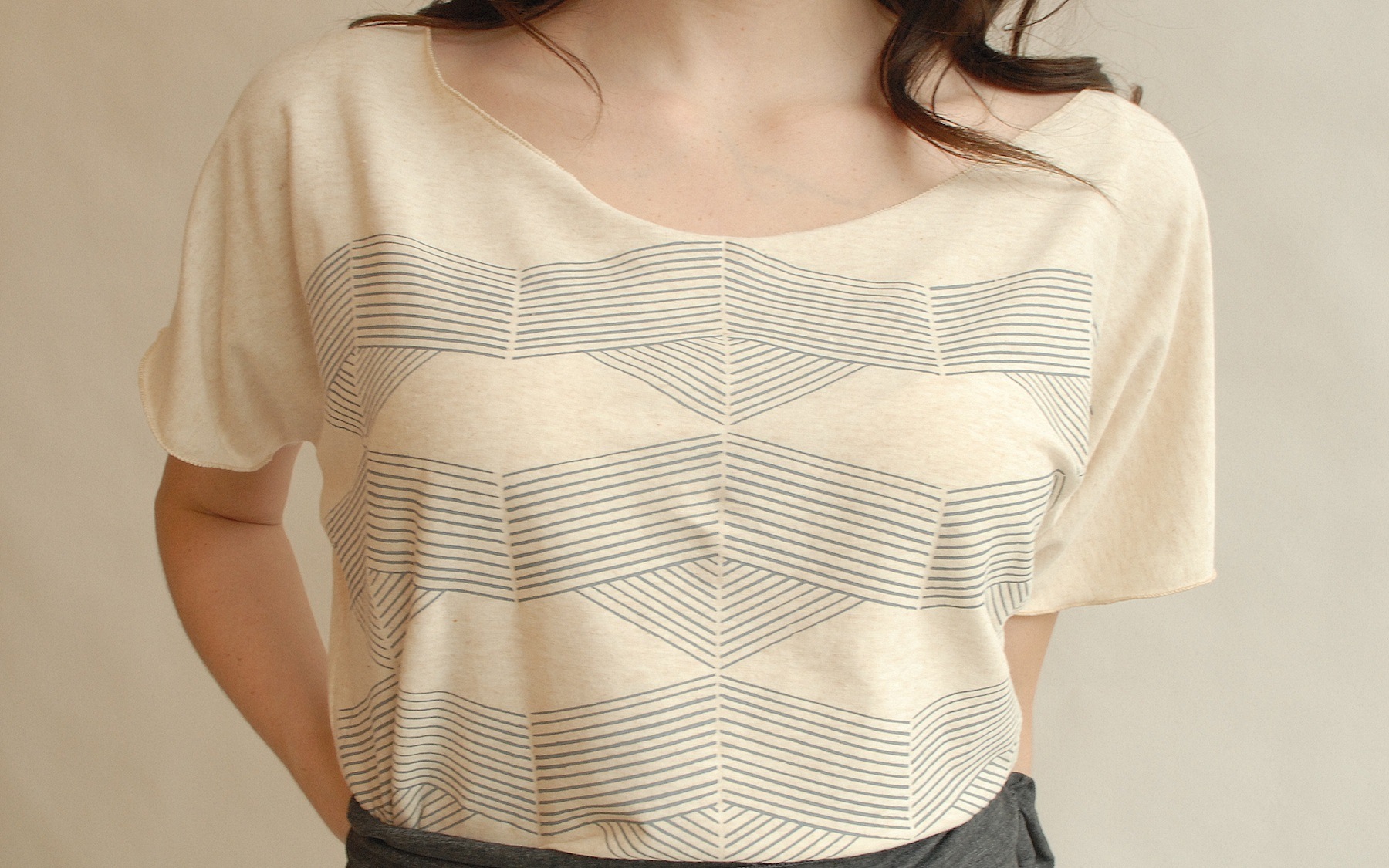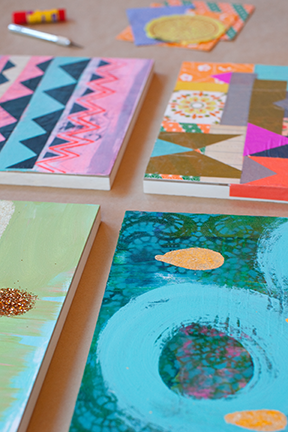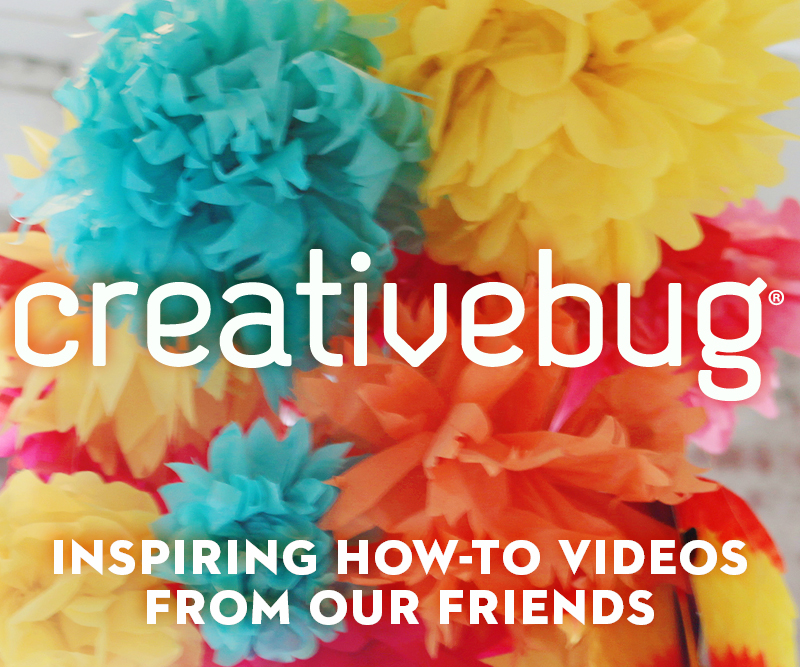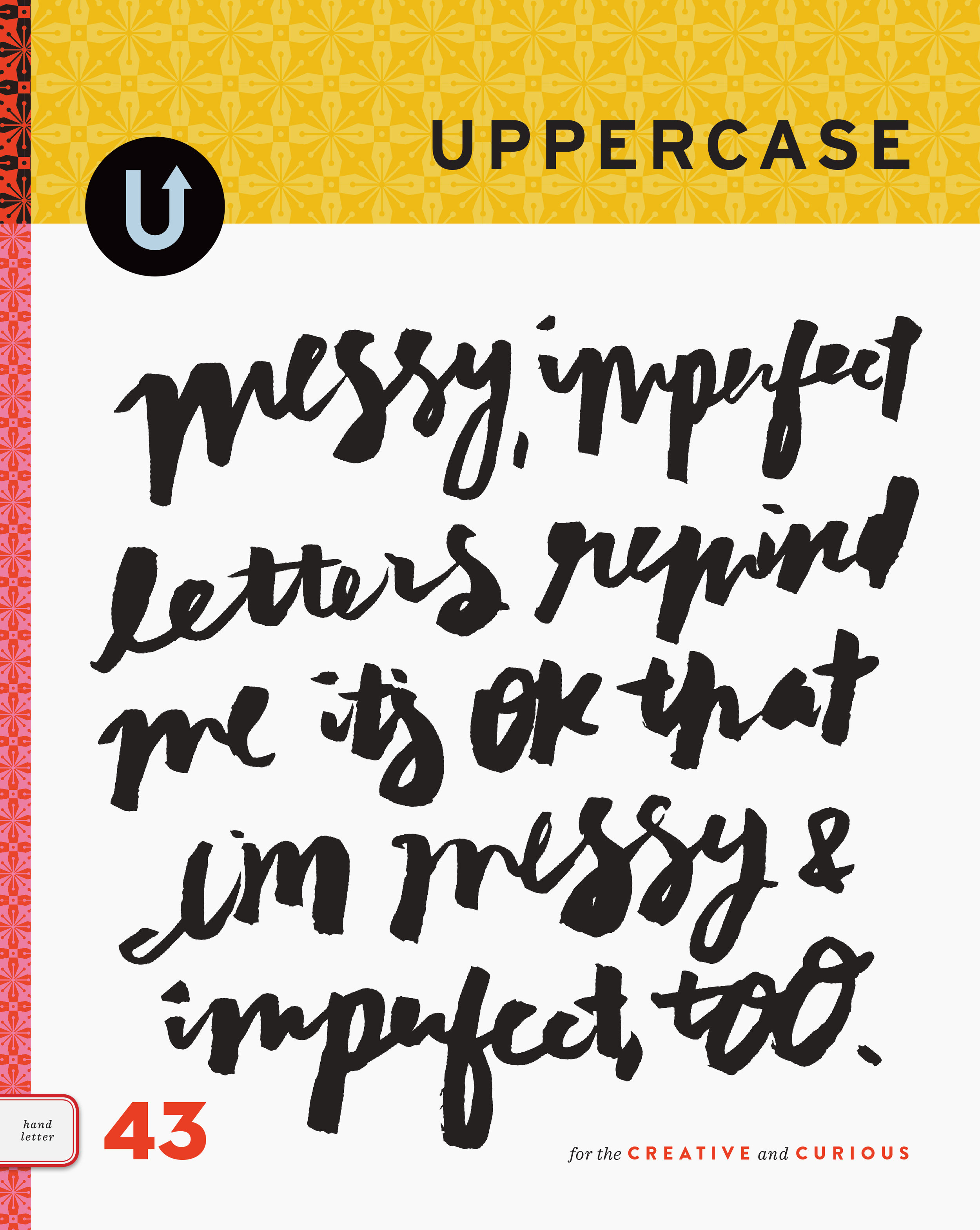Altered books change the object's form and meaning through mixed media art: the artist "alters" the original format with various techniques such as gluing, ripping, folding, painting, cutting, collaging, etc. As a graphic designer, I focus on detail-oriented work for clients which is produced on a computer. Book art, by comparison, is inspired play. The small format is less daunting than a large, blank page which can cause paralysis from not knowing where to start.
Formal studies in colour, composition, scale and form are guiding principles for my book art. The creative approach is pretty simple in that I let colour be the defining element that ties everything together. To start, I select one key visual and layer similar images or implied meaning around it. The book becomes a series of mini canvases, with a loose process that allows me to segue back and forth between pages if I feel stuck. Although each spread is unique, cohesion is created by extending the page edges, cutting windows and alternating flow. Lush colours are balanced by neutrals, patterns coexist and graphic elements play off of each other. My ephemera collection tends to gravitate towards typography, numbers, patterns, handmade paper and fashion. Vintage magazine advertisements are a favorite source of inspiration. I love creating visual relationships and my design style is minimalist. Initially, the work was very grid-like (rigid!) and it's now becoming more organic.
Altered books are a tactile, intimate experience in storytelling. It's likely that the observer will flip back and forth between pages, notice tiny details, or turn the book upside down. My intention as an artist is to have fun and enjoy the meditative-like process. If the art compels someone to engage with the work and smile, it becomes meaningful on an entirely different level.
